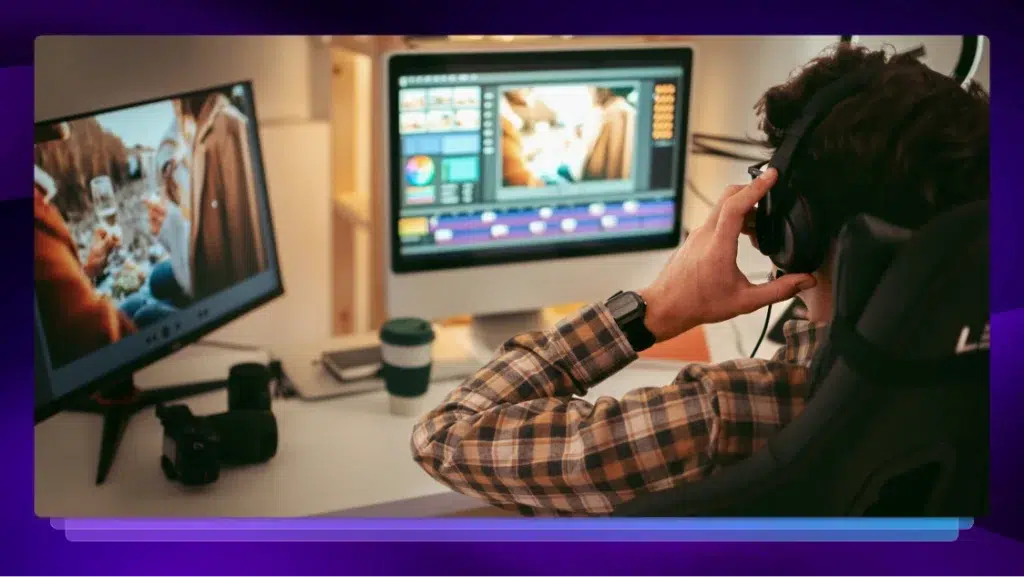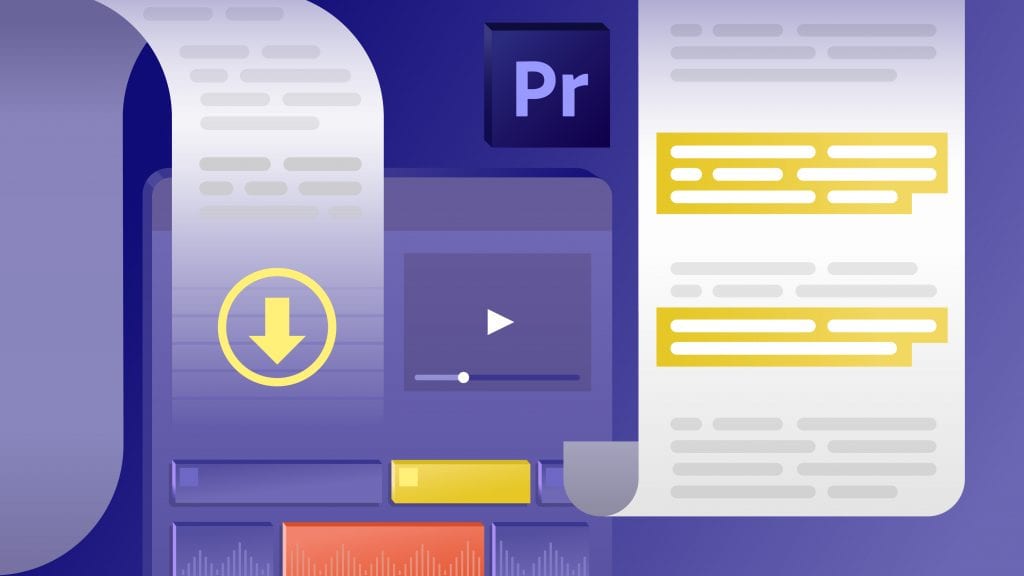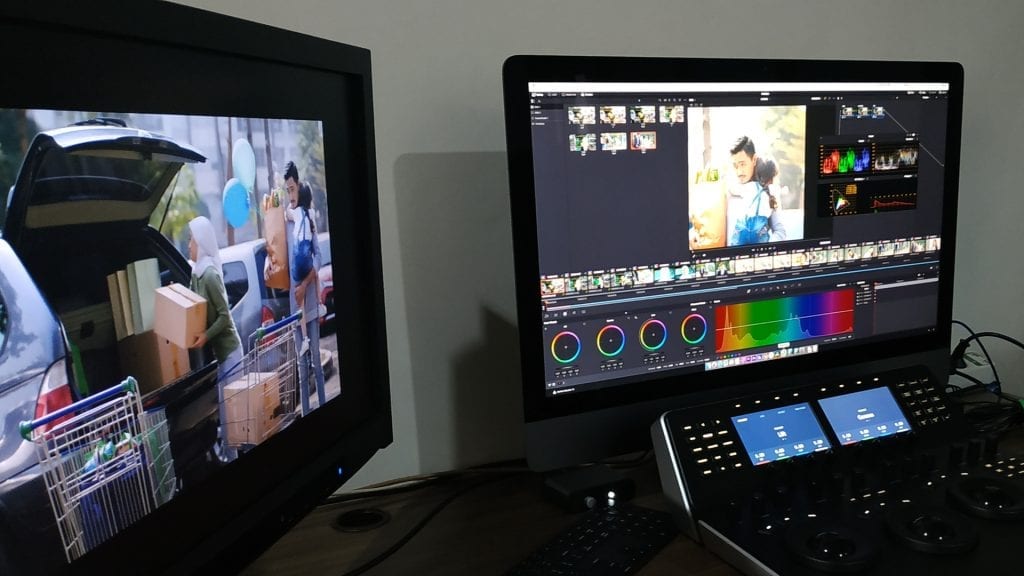Is Your Team Wasting Time Editing Videos?
Video editing can be a tedious process. Find out if your team is wasting time editing videos and learn how to fix it right here.

Without question, video editing can be an intensive and time-consuming process—particularly if you’re working remotely or on more than one project at once. From scrubbing through raw footage to find just the right shot to making sure the clips in your sequence transition seamlessly, cutting together even a short video requires a ton of focus.
Fortunately, there are some techniques you can employ to save time and take some of the tediousness out of the experience. And having an efficient workflow is an absolute must in an age where consumers expect more video content, more frequently than ever before.
To help you along, we’ve identified a few of the most common issues which can impact how many hours you sink into editing your video projects. When you’re working with a team, especially a remote team, it’s crucial to have your ducks in a row and a solid strategy down pat. Doing so will streamline your creative process and reduce wasted time.
Don’t Wanna Miss a Thing
When your team is scattered across the country (or planet), it can be tough to keep up with everyone’s ideas, direction, and feedback. Even the most diligent of note-takers can miss key items in this sort of scenario. So our first piece of advice is to record all of your meetings.
It’s such a simple concept that it’s commonly overlooked. But to torture the cliche, time is money, and if you want to avoid the back and forth with colleagues that can really clog up your editing workflow, just record your screen so you have a single source of truth your can refer back to.
Edit Videos Faster with Transcription
The Golden Rule
We all know this classic aphorism: “Treat others the way you want to be treated.” You’d hate to have a ton of work dumped on you with no explanation or context and being told to just figure it out. Your editor feels the same way about raw footage.
We’re filming digitally these days, and since low-cost, high-capacity hard drives have all but eliminated the need to be judicious with the record button, we’re shooting more footage than ever before. But there are a couple of different things you can do to help out your editor before you even hand off the files.
The first is to eliminate the clips that are obviously unusable to cut down on the sheer volume of video. Your editor doesn’t need all 60 takes of someone walking into a room; just give him or her a handful of the best selects.
Providing less footage can also significantly cut down on your post-production costs, because an editor can spend hours just sifting through footage to find the top takes before they even start the actual editing.
Another measure you can take to make things easier for your editor is to develop a coherent, organized file storage system. One you download your footage, notate and catalogue the clips so that it’s clear what they are, at least on a basic level, without having to open them individually. Taking this step can also be a big-time money saver. Consider this: according to research from IDC, organizing your files can reduce time wasted trying to locate files by 35 percent.
If you really want to go the extra mile, you can also keep a shot log while shooting with notes on individual takes, but this isn’t always feasible, especially in a run-and-gun filming situation.
Backing up your footage on at least two hard drives is also crucial. Malfunctions do happen, and you don’t want to lose critical shots because your only backup of the files got deleted or became corrupted.
Learn Some Video Editing Hacks in Our Webinar with Director Jacob Reed
Editing Software is Amazing — But There Are Other Great Tools, Too
Adobe Premiere Pro is the industry standard video editing program because it’s powerful software with a ton of functionality. For instance, Premier Pro’s keyboard shortcuts for various functions, also known as “hot keys,” can save a lot of time, particularly in the early stages of editing videos.
At Rev, we’ve also developed some pretty effective tools for improving the video editing process. If you’re dealing with footage that has a lot of unscripted dialogue, having a transcript helps tremendously. But switching back and forth between transcripts and the editing program can be laborious and inefficient. With an Edit Decision List, or EDL, the process is massively simplified.
An EDL file contains start and ending timecodes from the sections you highlight in your transcripts. Using our Selects workflow, editors can go directly from highlighting choice bits of spoken commentary in our transcript editor to having a sequence of selects in the video editing software. There’s no need to listen to what’s being said in every single clip.
Rev transcripts also facilitate collaboration, since everyone involved is kept apprised of what the footage contains. In a transcript-based editing workflow, individual team members can review the speakers’ dialogue and provide input on what they think are the most relevant portions to include in the final edit.
If you have any other questions about how you can improve your video editing workflows, please don’t hesitate to get in touch with us. We’d love to help you get into the groove.














